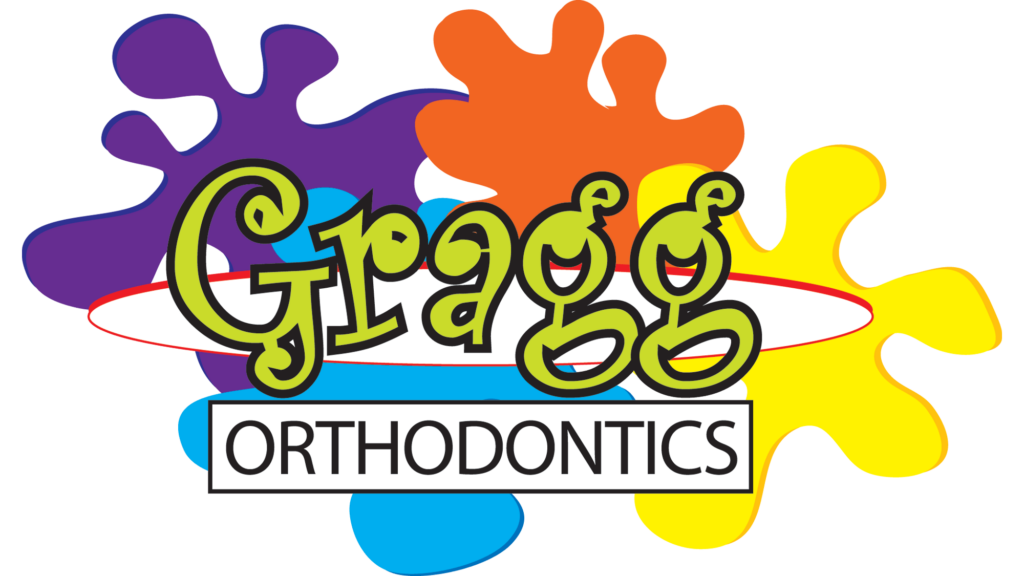Orthodontic emergencies can strike at the most inconvenient times. Whether it’s a sudden discomfort from a loose bracket or a poking wire, knowing how to manage these situations at home can save you a lot of stress.
For orthodontic patients and parents of teens, understanding how to handle these issues is crucial for maintaining oral health and ensuring your treatment stays on track.
Here are 7 best practices for managing orthodontic emergences at home.
Understanding Orthodontic Emergencies
Before we dive into best practices, it’s essential to understand what constitutes an orthodontic emergency. While some issues can wait until your next appointment, others may require immediate attention.
Common Orthodontic Emergencies
Orthodontic emergencies typically fall into two categories:
- Minor Issues: These include loose brackets, poking wires, or slight discomfort. They can often be managed at home until your next scheduled visit.
- Major Issues: Significant pain, swelling, or injury to the mouth or teeth requires prompt professional care.
If you ever experience a major issue, you should immediately contact us here at Gragg Orthodontics or your orthodontist. For minor issues, you can use these best practices to provide temporary relief until you can see your orthodontist.
1. Loose Brackets
Loose brackets are a common orthodontic issue. They can happen if you eat something too hard or sticky.
Identifying a Loose Bracket: A loose bracket slides along the wire and may cause discomfort or irritation. It’s essential to address it promptly to prevent further complications.
Managing a Loose Bracket
Here’s how you can manage it at home:
- Inspect the Bracket: Use a mirror to see if the bracket is still attached to the wire.
- Use Orthodontic Wax: Apply a small amount of orthodontic wax to the bracket to keep it in place temporarily.
- Avoid Hard Foods: Stick to soft foods until you can visit your orthodontist.
2. Poking Wires
Poking wires can cause significant discomfort and irritation to the cheeks and gums. They usually occur as your teeth move and the wires shift.
Identifying Poking Wires: You’ll feel a wire poking into your cheek or gum. It’s essential to address this promptly to avoid sores and injury.
Managing Poking Wires
Follow these steps to manage poking wires at home:
- Use Orthodontic Wax: Roll a small piece of wax and place it over the end of the wire.
- Use a Pencil Eraser: Gently push the wire back into place with a clean pencil eraser.
- Clip the Wire (if necessary): If the wire is excessively long, use sterilized nail clippers to snip it carefully.
3. Soreness and Discomfort
Soreness and discomfort are common, especially after adjusting your braces.
Causes of Soreness: Teeth moving into new positions causes natural soreness. This discomfort should subside in a few days.
Managing Soreness
Here’s how to manage soreness at home:
- Saltwater Rinse: Mix a teaspoon of salt in warm water and rinse your mouth to soothe irritation.
- Over-the-Counter Pain Relievers: Use medications like ibuprofen or acetaminophen to reduce pain.
- Soft Foods: Stick to soft foods like yogurt, mashed potatoes, and smoothies.
4. Broken Elastic Bands
Elastic bands play a crucial role in your orthodontic treatment. When they break, it’s essential to replace them promptly.
Identifying Broken Bands: You’ll notice a loose rubber band or that your bite feels different.
Managing Broken Bands
Follow these steps:
- Check Your Supplies: Most orthodontists provide extra bands. Check if you have replacements.
- Replace the Band: Use clean hands to replace the band according to your orthodontist’s instructions.
- Contact Your Orthodontist: If you’re unsure about replacing the band, contact your orthodontist for guidance.
5. Food Caught Between Teeth
Food stuck between your teeth can cause discomfort and increase the risk of cavities. The best way to avoid this though is by ensuring you don’t eat anything that could get caught in your braces. Ask your orthodontist for a list of foods to avoid and what to replace them with.
Identifying Food Stuck: You’ll feel pressure or discomfort between your teeth or gums.
Managing Food Stuck
Here’s what you can do:
- Use Dental Floss: Gently floss between your teeth to remove the food.
- Rinse with Water: Swish water around your mouth to dislodge any remaining particles.
- Interdental Brushes: Use these small brushes designed to clean between braces.
6. Lost Separators
Separators, or spacers, are small rubber bands placed between teeth to create space for braces or other appliances.
Identifying Lost Separators: You’ll notice a missing separator and feel a gap between your teeth.
Managing Lost Separators
Here’s how to handle it:
- Inspect the Area: Check if the separator is missing or has shifted.
- Avoid Sticky Foods: Stick to soft foods and avoid sticky or chewy items.
- Contact Your Orthodontist: Inform your orthodontist about the lost separator to determine if it needs immediate replacement.
7. Mouth Ulcers
Mouth ulcers are painful sores that can develop from braces rubbing against the inside of your mouth.
Identifying Mouth Ulcers: You’ll notice painful sores inside your cheeks, lips, or gums.
Managing Mouth Ulcers
Here’s how to alleviate the discomfort:
- Saltwater Rinse: Rinse your mouth with warm salt water to soothe the sores.
- Orthodontic Wax: Apply wax to the brackets causing irritation.
- Topical Treatments: Use over-the-counter treatments like Orabase or Orajel for relief.
When to Seek Professional Help
While managing minor orthodontic emergencies at home is essential, some situations require professional intervention. Significant pain, swelling, or injury to teeth or gums needs immediate attention.
Contact your orthodontist if you experience any of the following:
- Bleeding gums
- Severe pain or discomfort
- Signs of infection (redness, swelling)
- Trauma to teeth or braces
Remember to follow your orthodontist’s instructions for managing minor issues at home and attend regular appointments for a successful treatment outcome. Your smile is worth the extra care!
Conclusion
Understanding how to manage orthodontic emergencies at home is crucial for maintaining your treatment and oral health. By following these best practices, you can handle minor issues effectively and know when to seek professional help.
Remember, being prepared and proactive can make all the difference in your orthodontic journey.
For expert advice and personalized care, schedule a consultation with us here at Gragg Orthodontics. Our team is dedicated to helping you achieve and maintain a beautiful, healthy smile.
Stay safe and smile confidently!

